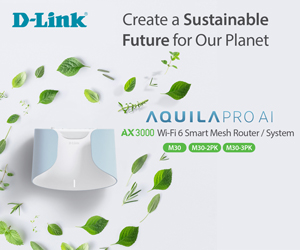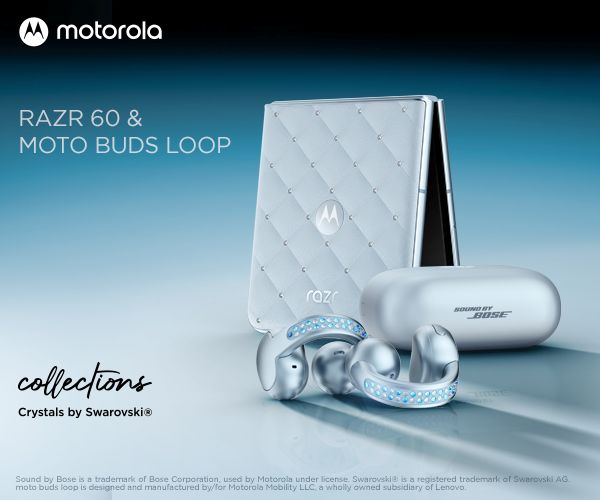The Australian Smartphone Market in 1H24 has been positively affected by people needing to replace 3G phones. According to Australian technology analyst Telsyte, a burgeoning interest in AI is also a factor.
Telsyte uses ‘sell-out’ stats, which are more accurate than ‘sell-in’ stats. The latter includes unsold stock in warehouses that could be returned to the manufacturer. Global stats have used sell-in for too long, which inflates sales figures by ‘channel-stuffing’.
Telsyte predicts more sales in 2024
- 3.98 million phones were sold in 1H24, up 8% on 1H23.
- 2024 annual sales to be 8.7 million, up 7% on 2023
- Budget phones <$300 saw double-digit growth (driven by replacement of 3G phones)
- Mid-range $300-999 was flat
- Premium >$1000 also saw double-digit growth driven by an interest in AI (see AI – whatever that is)
- Despite growth, people are holding onto their phones for six months longer than in 2023. They now upgrade every four years.
- Android phones increased their market share by 12% and Apple by 4%, reflecting the interest in Android AI capabilities.
- Apple has a 44% sell-out market share and Android 56% – a significant reversal of fortunes.
Stats can lie – Telsyte does not
According to Statcounter, Australia’s market share using activated IMEI figures is #1 Apple 55%, #2 Samsung 26%, #3 Google 7%, #4 OPPO 2.5%, #5 Motorola 1.2%, #6 Xiaomi 1%, and #7 Nokia .5%
These are based on phones in use and include a substantial proportion of second-hand and refurbished units, mainly from Apple and Samsung, to a lesser degree.

Our retail sources confirm that Google Pixel 9 sales have lifted market share from <3% to its current peak, mainly due to the highly effective marketing of the Pixel 9 series to Gen Y and Z of the promise of AI.
Apple’s decline was due to not having AI iPhones until the release of the iPhone 16 series in late September. Apple AI features are basic and will be rolled out over the coming months. Apple (like Samsung and Google) will move to a monthly subscription for premium AI features, and Australians hate subscription services.
Telsyte found that only 20% of buyers would consider an AI phone. Of those, only 36% were willing to pay just under $10 monthly, whereas manufacturers are touting around $30 monthly.
What is happening globally?
According to IDC, Samsung in Q3/24 was the world’s largest smartphone maker (by units, not average revenue per unit, where Apple is the unassailable king) with 18.3% of the market. Apple at #2 had 17.7%, Xiaomi at #3 had 13.5%, OPPO at #4 had 9.1% and vivo at #5 had 8.5% (OPPO and VIVO are owned by BBK and command a combined 17.6%, meaning it is #3 in market share).
Comments
- OPPO/OnePlus tends to sell in export markets, and Vivo focuses on the Chinese market.
- Motorola is strong in Western markets, so it does not show in the global top 5.
- Xiaomi has just started to sell in Australia
- vivo does not sell here.
- Google focuses on Western markets.

AI – whatever that is, and do you need it?
Telsyte says more than seven million Australians have already embraced Gen AI applications like OpenAI’s ChatGPT, Meta AI, Microsoft Copilot, and Google’s Gemini. Ironically, computers (Windows PCs and laptops) are the primary devices for Gen AI access (75%) compared to less than half on smartphones.
In reality, Generative AI on smartphones is still embryonic and limited to photo enhancement, on-device translation and little else. AI and small screens do not mix.
Is AI a real sales driver or just something interesting to have? Telsyte found that only 20% of potential buyers would look at what AI can do, and 80% don’t want or need AI. This reflects two things.
First, AI has not been explained very well to the population, and there are no killer must-have’ apps or reasons to use it yet.
Sure, AI can do some ‘cool stuff’, but not at the expense of hardware prices or subscriptions.
Secondly, basic AI will come to almost every phone. Chip makers now include a neural processing unit (NPU) as part of every mid-range or higher System-on-a-Chip as there is little, if any, additional cost of incorporating it. You can download Google Gemini (Nano) to any recent mid-range smartphone. Android 14 (and soon 15) has the basic AI features built into it. Besides, any heavy AI lifting is done in the cloud as smartphones lack on-device NPU power.
Why are people holding onto phones longer?
Going back just two years, the average warranty length was one year (Samsung and Apple), and operating system upgrades and security patch updates were quite short. Our 2022 article, “What are the official Android OS and Security update policies?” marked the beginning of new policies that saw OPPO and Motorola offer two-year warranties on mid-range and premium phones.
Now, Google and Samsung offer seven years of OS upgrades and security updates on their premium phones. Frankly, that is overkill, and the small print reads that this depends on the device’s ability to upgrade. Depending on the model, OPPO and Motorola offer between 2 and 5 years, which is far more realistic.
This has seen users hold onto their phones longer, knowing they still have some upgradeability as time passes.
We are also in a deep economic funk. Lack of access to loans and a general cash shortage slows the upgrade process. Phone build quality and features like OPPO’s SoC Fluidity guarantee and 1600 full battery recharge cycles (most only use 500-cycle batteries) make it easy to get longer battery life.
Foldable and Flip
Foldable devices accounted for a mere 8% (<700,000) of Android smartphone sales in 2023.
Telsyte projects that this figure could reach 10% in 2024, driven by Samsung’s existing Galaxy Z offerings and new offerings from Google, Motorola, and Oppo.
At this stage, we believe a few technological issues are still to be conquered. These include Screen fold/breakage, slimmer form factors, thermal management issues, smaller, thinner, less capable camera sensors, and many apps that don’t recognise the fold/flip format, resulting in poor user experiences.
- Samsung Galaxy Z Fold6 – AI in a foldable
- Google Pixel 9 Pro Fold – know when to fold’em, know when to hold’em
- OPPO Find N3 Fold – the most advanced foldable smartphone in 2023
- Samsung Galaxy Z Flip6
- Motorola Razr 50 Ultra – raises the flip smartphone bar yet again
CyberShack’s view – Australian Smartphone Market 1H24 was not typical
Telsyte’s Report is historically accurate and the only one that focuses solely on the Australian market.
We believe many other factors influencing the Australian smartphone market are at play.
- There are 7.13 billion active smartphone IMEIs, or 90% of the global population of 8 billion.
- There are over 250 smartphone manufacturers (down from 750 in 2017), and we see about ten here.
- Global sales in 2024 will be approximately 1+ billion units.
- Australian sales will be about 8.7 million units or less than 1% of global sales.
Our market share is a ‘pimple on an elephant’s bum’. It also costs a lot to make and certify Australian-specific versions:
- That work with our sub-6GHz 5G and has band 28 LTE
- That work with our limited Wi-Fi 6E/7 6GHz channels as mandated by the ACMA,
- The tyranny of distance also affects phone antennas and signal strength. While Telstra and Optus claim 97%+ coverage of the population, the sad fact is that this is less than 14% of our landmass. We have recommendations here if you need good regional or rural phone reception.
That is why we only see Apple, Samsung, Google, OPPO, and Motorola (Lenovo) as key players. They have the resources to make for our market and the staff/facilities on the ground to support them.
For example, In 2024, Samsung has over 25 different models (not including colour/RAM/Storage variants), and we see <10 models here. OPPO has 22 models – ditto, and it does not import the premium ‘Find’ market (for now). Motorola has nearly 30 models – ditto, and most of its phones are models in each price bracket from $200-1000.
Bit players like Nokia/HMD, ASUS, TCL, Nothing, Opel, and ZTE (Telstra white label) garner less than 1% of overall sales here. They are good phones paddling in the lower price brackets, but the market would not miss them.
Enter Xiaomi, and it may redefine the Australian market in 2025
Xiaomi fights with Samsung on the global stage for the #2 spot. It makes over 30 models and is trying the Australian market with two POCO F6 models and a few Redmi Note 13 variants. If public reception is as strong as it hopes (it has set up staff/warehousing/support here), it will take on Samsung for the top Android spot. Harvey Norman and JB Hi-Fi are supporting this new brand. See
- Xiaomi POCO F6 Pro – A newbie in the Aussie smartphone market
- Xiaomi Redmi Note 13: High-End Features, Unbeatable Value.
What to buy
Our twice-yearly guide Best Android Phones July 2024 – some gems there will be updated in late November. It covers most readily available phones at major retailers. There is also guidance on phone reception strengths.
Australian Smartphone Market 1H24, Australian Smartphone Market 1H24











Comments